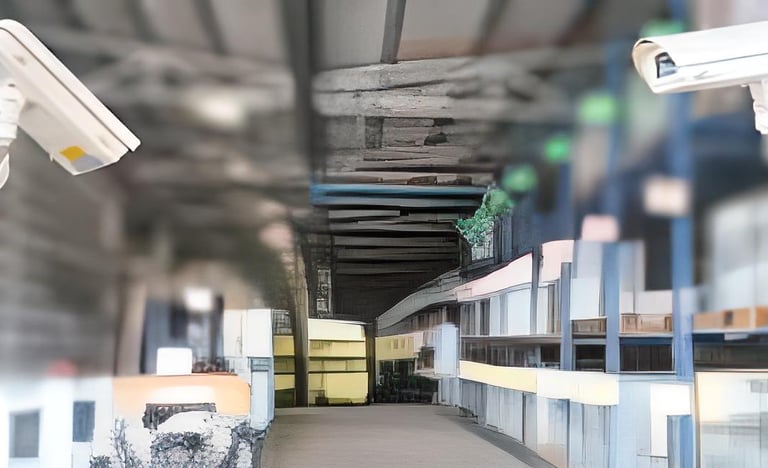The challenges of videoprotection
Public safety: One of the main challenges of video protection is to to ensure the
safety of public places, businesses and residences.
Cameras can deter crime and help solve offenses. crimes.
Property protection: Video protection enables real-time monitoring
material assets, such as vehicles, industrial equipment and infrastructure
reducing the risk of theft or vandalism.
Incident prevention: Cameras can be used to monitor high-risk areas, such as hazardous industrial spaces or high-traffic areas, helping to prevent accidents.
Law enforcement support: Video recordings can be used as evidence in criminal investigations, facilitating the work of law enforcement agencies.
Advantages and benefits of video protection with AI:
Intelligent video analysis: AI can be used to automatically analyze video streams, detecting suspicious behavior, intrusions, faces and even license plates, improving responsiveness to incidents.
Reduced false alarms: AI-based systems can reduce false alarms by reporting only potentially critical events, allowing operators to focus on real threats.
Improved search and retrieval: AI can automatically index and categorize video recordings, facilitating the search for specific events, which can be invaluable for investigations and audits.
Integration with other systems: AI-based video surveillance systems can be integrated with other security systems, such as access and alarm systems, enhancing overall security.
Resource optimization: AI can help optimize the use of cameras in real time, automatically adjusting surveillance parameters as needed, saving bandwidth and storage.
It is essential to note that the use of AI in video protection also raises privacy and ethical issues, requiring appropriate regulation to ensure its responsible and balanced use.


